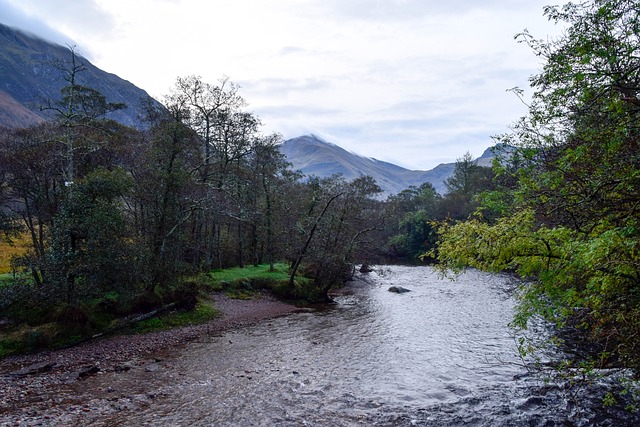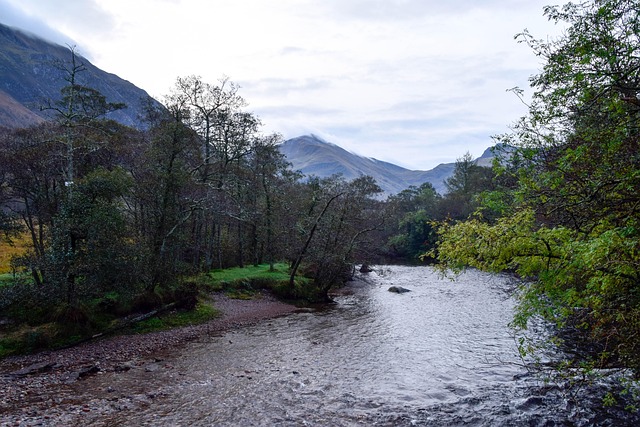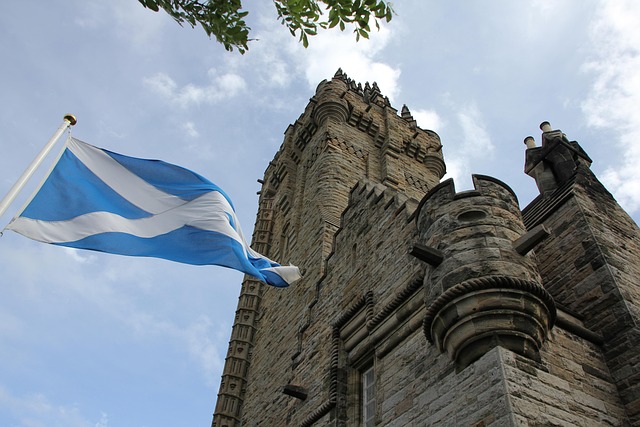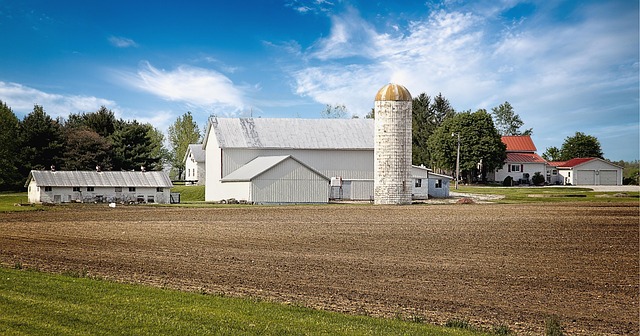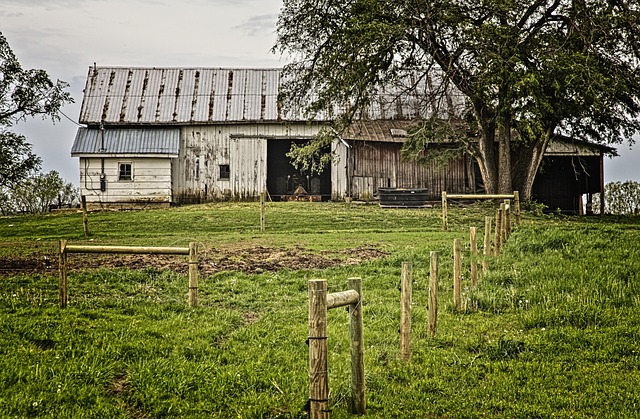Railway hubs are gaining popularity as prime real estate locations due to their ability to attract diverse populations and businesses. The scenic train presence enhances area desirability, offering residential and commercial opportunities with higher property values. These hubs foster community engagement through vibrant yet peaceful atmospheres, encouraging local economies with cafes, shops, and cultural events. Integrating scenic trains into urban landscapes boosts real estate values and transforms cityscapes, positioning cities as eco-conscious destinations. Successful mixed-use railway projects require holistic design approaches focusing on accessibility, connectivity, land use patterns, pedestrian infrastructure, cycling lanes, public transport networks, and green spaces for sustainable mobility. Aligning with local aesthetics and community needs ensures a harmonious blend of modern amenities and traditional charm, contributing to economic growth and social well-being.
Discover the transformative potential of railway hubs in urban development. This article explores how real estate developers can leverage the allure of scenic trains to create vibrant, mixed-use spaces. By integrating trains into city landscapes, we enhance transportation efficiency and cultivate unique, picturesque destinations. We delve into key considerations for planning and design, revealing strategies to blend modern infrastructure with natural beauty. Unlocking the synergy between railways and real estate promises a future where urban living seamlessly intertwines with scenic wonders.
The Appeal of Railway Hubs for Real Estate Developers
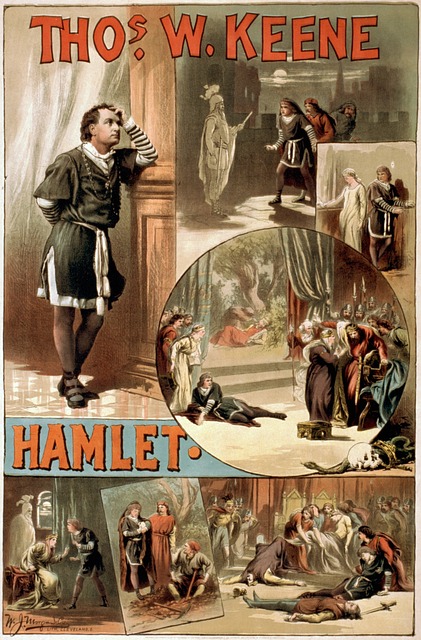
Railway hubs have become increasingly appealing for real estate developers due to their unique ability to attract a diverse range of residents and businesses. The presence of scenic trains adds to this allure, creating a vibrant and picturesque atmosphere that enhances the overall quality of life. In terms of real estate, these locations offer both residential and commercial opportunities that cater to various lifestyle preferences.
For instance, properties near railway hubs often command premium prices due to their convenience and accessibility. They provide easy commuting options for residents, making them attractive to families, young professionals, and retirees alike. Moreover, the bustling yet serene ambiance of these areas fosters a sense of community, encouraging a thriving local economy with cafes, shops, and cultural events.
Integrating Scenic Trains: Enhancing the Urban Landscape

Integrating scenic trains into urban landscapes offers a unique opportunity to enhance real estate values and transform cityscapes. These visually appealing journeys, winding through picturesque routes, can become iconic landmarks that draw locals and tourists alike. The introduction of scenic trains contributes to a vibrant and diverse urban tapestry, fostering a sense of community and pride among residents.
By incorporating these trains into the existing infrastructure, cities can create new recreational areas and attract investment. The aesthetic appeal of scenic trains adds value to surrounding properties, encouraging economic growth and revitalizing neglected areas. This integration not only enriches the travel experience but also positions the city as a forward-thinking, eco-conscious destination, boosting its overall allure in the real estate market.
Planning and Design Considerations for Mixed-Use Railway Projects
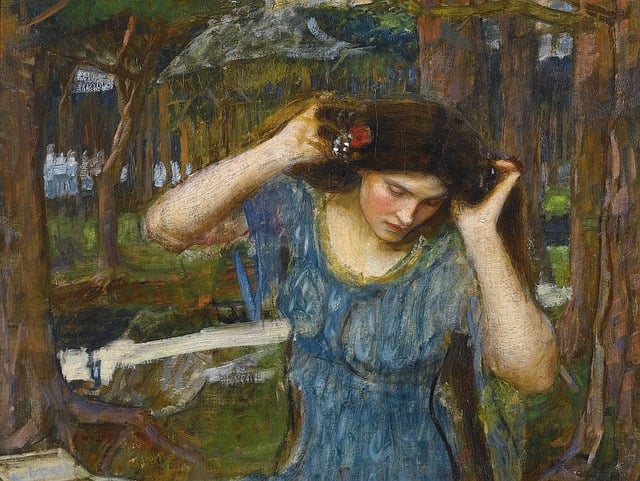
When planning mixed-use railway projects, a holistic approach that seamlessly integrates transportation with real estate development is crucial. This involves careful consideration of factors such as accessibility, connectivity, and land use patterns. The design should prioritize pedestrian-friendly infrastructure, cycling lanes, and efficient public transport networks to encourage sustainable mobility. By incorporating green spaces, parks, and scenic routes along the railway corridors, these projects can enhance the overall quality of life for residents and visitors alike.
Moreover, mixed-use developments should align with the unique character and history of the surrounding area. Architects and urban planners must consider local aesthetics, cultural heritage, and community needs to create a harmonious blend of modern amenities and traditional charm. This thoughtful approach ensures that the railway hub not only serves as a transportation center but also becomes a vibrant, diverse neighborhood that contributes to the region’s economic growth and social well-being.


